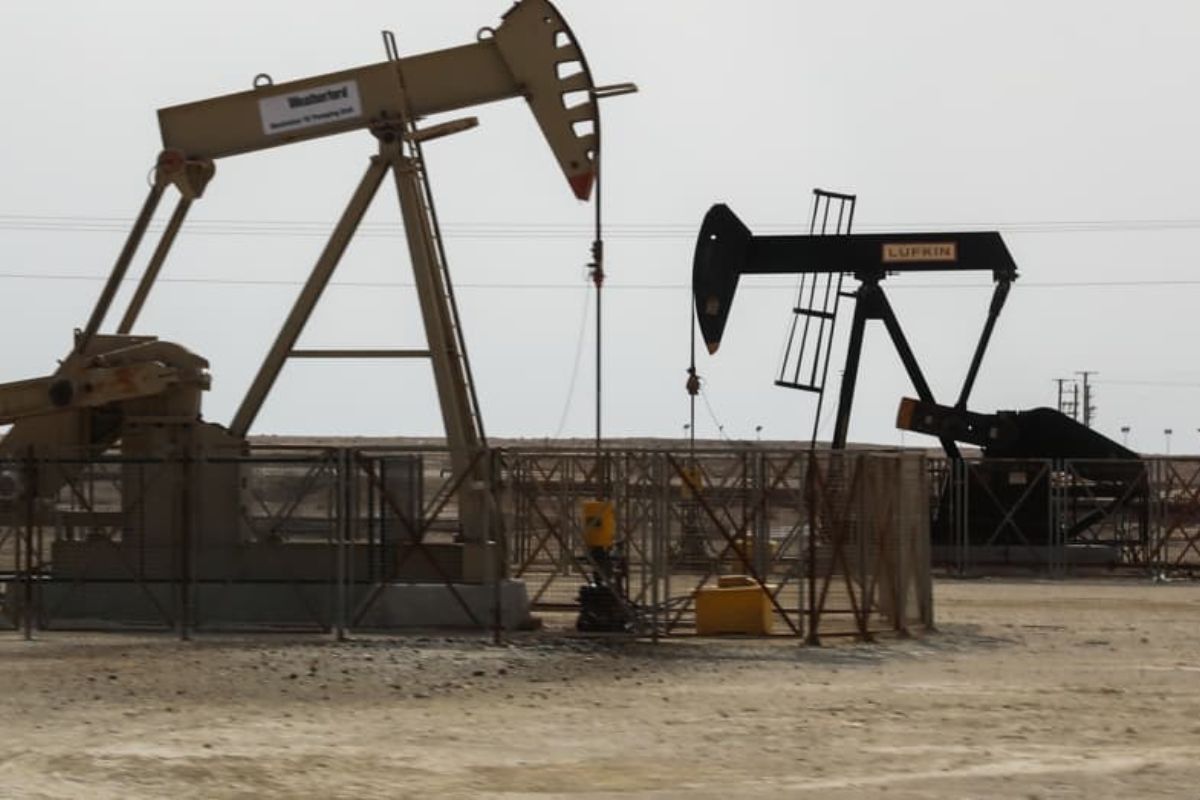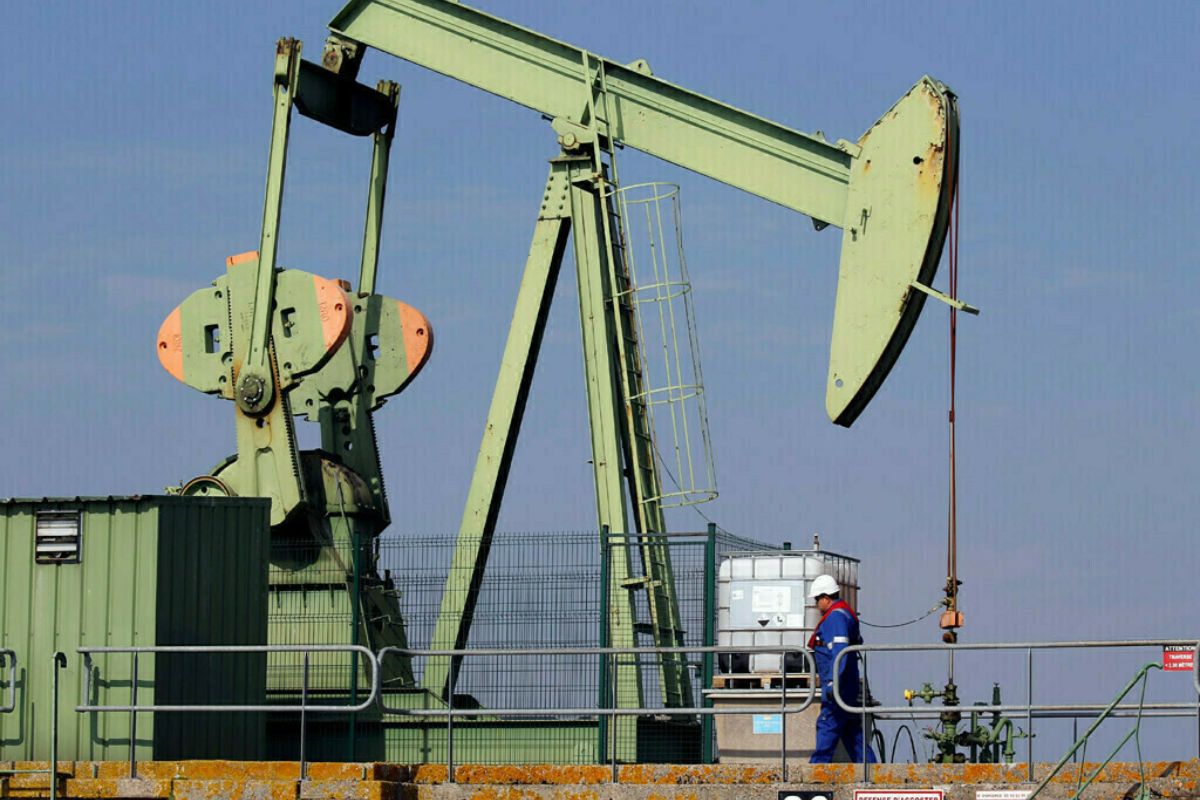China Demand Woes Hit Oil Prices: The recent slump in oil prices due to China’s faltering demand has sent shockwaves through the global market. The uncertainty surrounding China’s economic recovery post-pandemic has cast a shadow over the future trajectory of oil prices.
With geopolitical tensions adding another layer of complexity, investors are left wondering about the next move in this high-stakes game of supply and demand. As the world watches closely, the question on everyone’s mind is: where does this leave the future of oil prices and what implications will it have on the broader global economy?
Prices Extend Losses on China Demand Concerns
Oil prices plunged further on Monday due to escalating worries about weakening demand from China. As Brent futures tumbled by 0.2% to $81.96 a barrel and WTI dropped to $77.8, concerns over China’s slowing appetite for oil have rattled the market.
The recent 1.8% decrease in Brent and 2.5% drop in WTI are clear indicators of the significant impact Chinese demand has on global oil prices. Investors are closely monitoring the situation, with many fearing that if China’s demand continues to soften, it could lead to a sustained period of low prices in the oil market.
The bearish Chinese data has sent shockwaves through the oil industry, with analysts scrambling to reassess their forecasts in light of the unexpected downturn. With geopolitical tensions in the Middle East and Russia failing to provide the usual support to oil prices, all eyes are on China as the primary driver of market sentiment.
The coming days will be crucial in determining whether this downward trend will persist or if there will be a reversal in fortunes for oil prices.
ALSO READ: China Urges Big Banks: Rescue for Vanke Needed, Insider Insights
Geopolitical Risks Offset Oil Price Decline
Geopolitical tensions in key regions have emerged as a formidable counterbalance to the recent decline in oil prices. While concerns about China’s weakened demand initially took center stage, the extension of supply cuts by OPEC+ failed to provide the necessary support.
Hiroyuki Kikukawa, President of NS Trading, highlighted the impact of conflicting signals from U.S. jobs data, leading traders to swiftly readjust their positions. The ongoing conflicts in the Middle East and Russia further complicated the situation, with fears of potential escalations in the Hamas-Israel war and broader unrest in Russia and its neighboring areas.
These geopolitical risks have injected a sense of volatility into the oil market, offsetting the downward pressure from demand uncertainties. As tensions continue to simmer in these crucial regions, market players are bracing for potential disruptions that could swiftly reverse the recent downward trend in oil prices.
The interplay between geopolitical dynamics and market fundamentals is poised to keep investors on edge in the near term.
OPEC+ Production Cuts and Rising Geopolitical Tensions
Amidst recent deliberations on global oil production, OPEC+ maneuvers and escalating international tensions are converging to shape the energy market’s trajectory. OPEC and its allies have taken a bold stance by extending voluntary oil output cuts, signaling a committed effort to stabilize prices and balance supply with the recovering demand. This decision, as noted by ANZ Research analysts, could potentially tighten the market dynamics, setting the stage for a more bullish outlook in the coming months.
Simultaneously, geopolitical tensions are reaching a boiling point, with conflicts and accusations flaring up in various regions. From the blame game between Hamas and Israel to Moldova’s president voicing concerns over Russian interference, the geopolitical landscape is rife with uncertainties that could have far-reaching implications on oil markets. The situation in Russia and its neighboring countries is particularly worrisome, with fears of broader escalations looming large. As these tensions escalate, the energy market braces itself for potential disruptions and increased volatility, adding another layer of complexity to an already intricate web of factors influencing oil prices.
News in Brief
The recent drop in oil prices, driven by concerns over China’s weakened demand, has created ripples in the global market. Fears of prolonged low prices emerge as China’s appetite for oil slows, impacting Brent and WTI prices. Geopolitical tensions, such as conflicts in the Middle East and Russia, act as a counterbalance, introducing volatility. OPEC+ extends oil output cuts, aiming to stabilize prices amid global uncertainties. The interplay between geopolitical dynamics and market fundamentals keeps investors cautious as they monitor potential disruptions in the energy market. The situation remains fluid, with the coming days crucial for determining the future direction of oil prices.
Our Reader’s Queries
What is the oil consumption trend in China?
China’s daily oil consumption in 2022 reached 14.3 million barrels, a decline from the previous year’s 14.9 million barrels. Over the period from 1998 to 2021, there was a notable increase of over 10 million barrels per day.
Why oil prices are rising?
Rising tensions in the Middle East, alleviating worries about excessive US production, and continuous production cuts by the OPEC+ alliance have maintained an upward trajectory for oil prices.
Why is oil rallying?
Prices for crude benchmarks surged approximately 6% last week, driven by ongoing threats to shipping in the Red Sea, Ukrainian strikes on Russian refineries, and scheduled maintenance at U.S. refineries.
What is the biggest impact on oil prices?
Similar to many commodities, the primary determinant of oil prices is the interplay between supply and demand in the market. The expenses associated with extracting and producing oil also play a crucial role. Oil markets consist of speculators who engage in speculative bets on price movements and hedgers seeking to mitigate risk in the production or consumption of oil.



